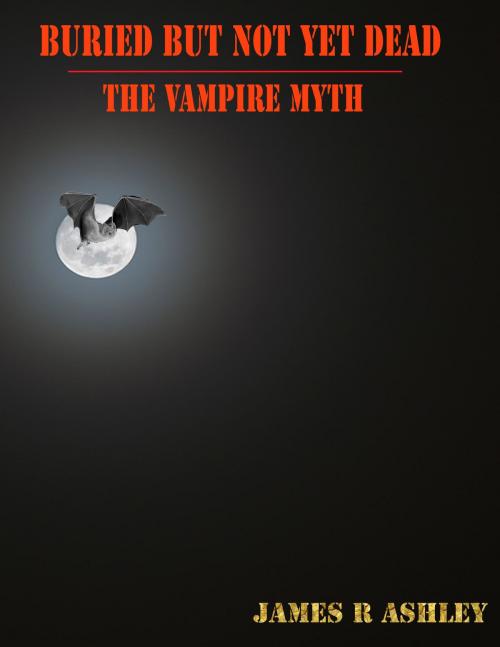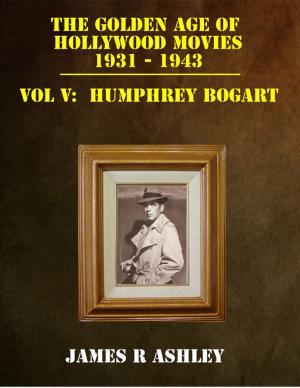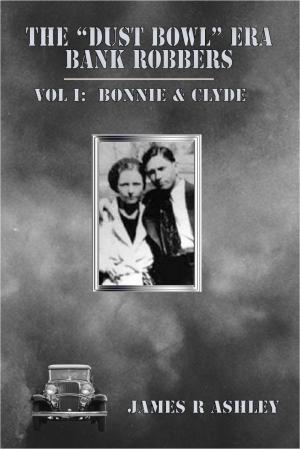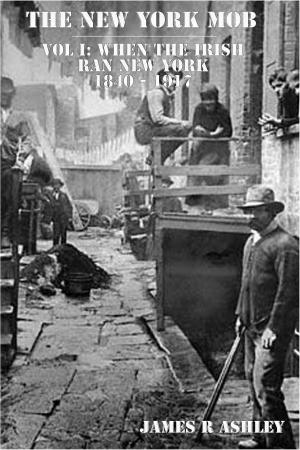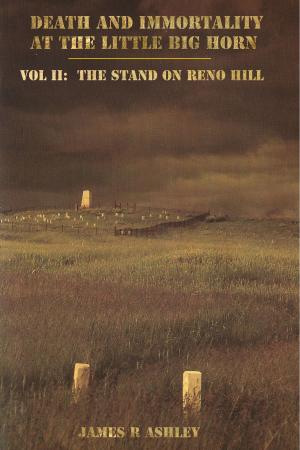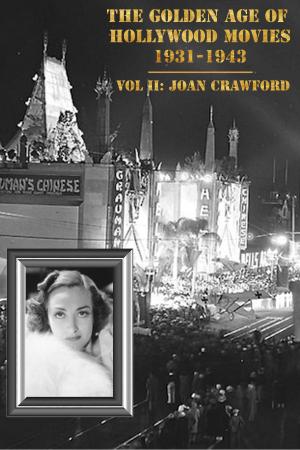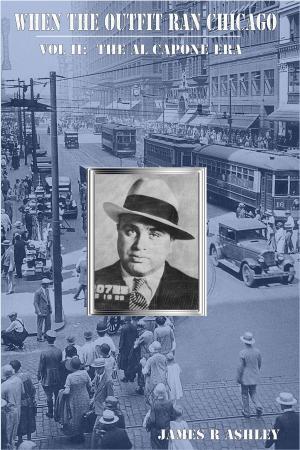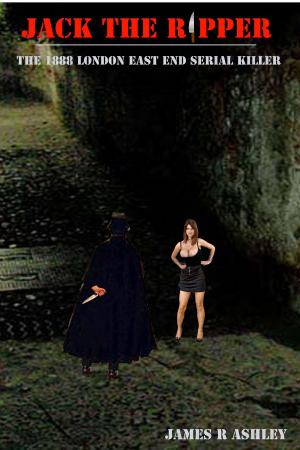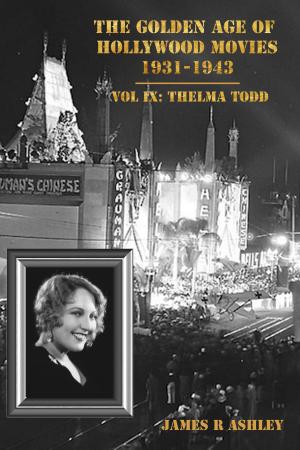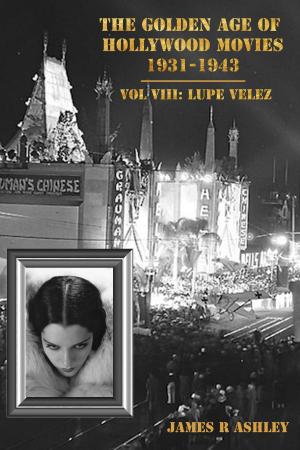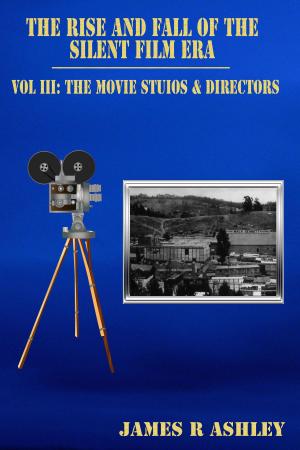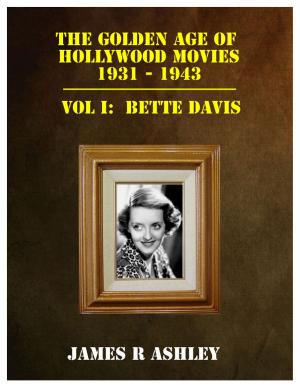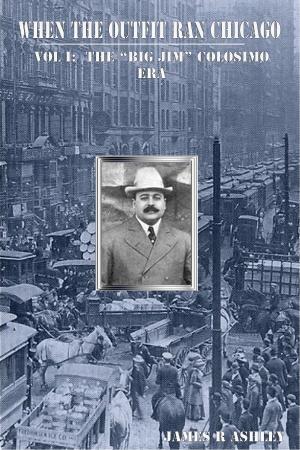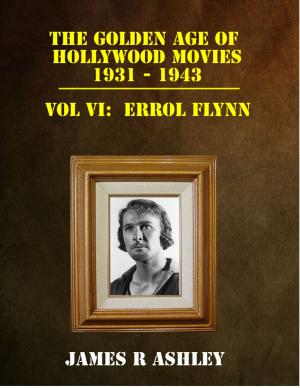| Author: | James R Ashley | ISBN: | 9781301307791 |
| Publisher: | James R Ashley | Publication: | August 5, 2013 |
| Imprint: | Smashwords Edition | Language: | English |
| Author: | James R Ashley |
| ISBN: | 9781301307791 |
| Publisher: | James R Ashley |
| Publication: | August 5, 2013 |
| Imprint: | Smashwords Edition |
| Language: | English |
The vampire myth has fascinated man for thousands of years. In ancient Babylonia the Elkimmus was the soul of a dead person who had been forgotten. With no one to make offerings at its tomb, hunger and thirst drove it out of the underworld to roam the dark alleys and deserted byways in search of warm bodies to feed on. The Lamia was a half woman-half snake, strong enough to overpower a man. She ate human flesh and drank human blood, preferring children as her favorite prey.
The ancient Egyptians believed that the human body was immortal and after death had the same food requirements as when it was living. To ignore making food and drink offerings to the dead would release the Ka from the tomb which would, similarly to the Babylonian Elkimmus, roam the world in search of people to feed on.
Vampires abounded in Ancient Greece. There was the Empassas, who took on the guise of a beautiful woman. Once married, she fed on her groom, draining him of blood on their wedding night. Then there were the striges, or vampire birds, that would feed on the blood of young children. As usual in ancient cultures, the Greeks believed that not making the proper offerings at gravesites spawned vampires. To counter this, they would either pour blood on the gravesites or transport the bodies of suspected vampires to the island of Santorini, where the residents there were believed to be experts at dealing with vampires.
Ancient Rome literally venerated the cult of blood. Roman aristocrats who were feeling lethargic would go down to the arena and drink the blood of defeated gladiators. The Roman public believed that the drinking of human blood was a cure for both dropsy and epileptics.
It is, however, largely from Romania that vampirism as we know it originates. The Romanians believed that upon death the body of the deceased entered the world of the earth, which would begin destroying the body. The soul, however, would attempt to prevent its destruction by taking in nourishment in the form of blood.
Long standing folklore fueled largely by superstition therefore created the first vampire beliefs. The folklore vampires were largely a byproduct of improper burials, failure to make proper offerings at gravesites, and unnatural deaths before one’s time. The 2nd development in vampirism was through the efforts of the Roman Catholic Church. Now the vampire was decreed to be the spawn of the devil to be fought with religious mumbo-jumbo and nonsensical artifacts (communion wafer, holy water, the crucifix) from their voodoo mass.
Then came the literary vampire where the focus became not to frighten people to death but to entertain them. The monster and devil was now transformed into a superhuman predator. The film industry then took hold of the vampire theme and transformed the vampire into a sensual lover who uses his supernatural powers to seduce women that he can make his mate. The blood feeding is now only secondary, being reluctantly done to keep him alive. Pushing the envelope still further, Hollywood made the vampire a sexy female lesbian seducer of other women.
Being in Hollywood’s nature to make a quick buck the easy way, it capitalized on the public fascination with vampirism to turn out so many films on the subject that they literally beat it to death. The mystic and fear of the vampire is now largely gone, replaced by vastly overpaid himbos and bimbos stumbling through badly written scripts and being carried along by special effects.
The vampire mystic has largely dissolved in the morning midst much like the old silent films when talkies came onto the scene. All that beautiful pantomime was submerged by the vulgarity of the spoken word belching out of uncouth “pie-holes.” To see how wonderfully entertaining the vampire mystic was one needs to go back to the time when vampire’s were truly scary. Hopefully, this book will take you there, if even for a few hours.
The vampire myth has fascinated man for thousands of years. In ancient Babylonia the Elkimmus was the soul of a dead person who had been forgotten. With no one to make offerings at its tomb, hunger and thirst drove it out of the underworld to roam the dark alleys and deserted byways in search of warm bodies to feed on. The Lamia was a half woman-half snake, strong enough to overpower a man. She ate human flesh and drank human blood, preferring children as her favorite prey.
The ancient Egyptians believed that the human body was immortal and after death had the same food requirements as when it was living. To ignore making food and drink offerings to the dead would release the Ka from the tomb which would, similarly to the Babylonian Elkimmus, roam the world in search of people to feed on.
Vampires abounded in Ancient Greece. There was the Empassas, who took on the guise of a beautiful woman. Once married, she fed on her groom, draining him of blood on their wedding night. Then there were the striges, or vampire birds, that would feed on the blood of young children. As usual in ancient cultures, the Greeks believed that not making the proper offerings at gravesites spawned vampires. To counter this, they would either pour blood on the gravesites or transport the bodies of suspected vampires to the island of Santorini, where the residents there were believed to be experts at dealing with vampires.
Ancient Rome literally venerated the cult of blood. Roman aristocrats who were feeling lethargic would go down to the arena and drink the blood of defeated gladiators. The Roman public believed that the drinking of human blood was a cure for both dropsy and epileptics.
It is, however, largely from Romania that vampirism as we know it originates. The Romanians believed that upon death the body of the deceased entered the world of the earth, which would begin destroying the body. The soul, however, would attempt to prevent its destruction by taking in nourishment in the form of blood.
Long standing folklore fueled largely by superstition therefore created the first vampire beliefs. The folklore vampires were largely a byproduct of improper burials, failure to make proper offerings at gravesites, and unnatural deaths before one’s time. The 2nd development in vampirism was through the efforts of the Roman Catholic Church. Now the vampire was decreed to be the spawn of the devil to be fought with religious mumbo-jumbo and nonsensical artifacts (communion wafer, holy water, the crucifix) from their voodoo mass.
Then came the literary vampire where the focus became not to frighten people to death but to entertain them. The monster and devil was now transformed into a superhuman predator. The film industry then took hold of the vampire theme and transformed the vampire into a sensual lover who uses his supernatural powers to seduce women that he can make his mate. The blood feeding is now only secondary, being reluctantly done to keep him alive. Pushing the envelope still further, Hollywood made the vampire a sexy female lesbian seducer of other women.
Being in Hollywood’s nature to make a quick buck the easy way, it capitalized on the public fascination with vampirism to turn out so many films on the subject that they literally beat it to death. The mystic and fear of the vampire is now largely gone, replaced by vastly overpaid himbos and bimbos stumbling through badly written scripts and being carried along by special effects.
The vampire mystic has largely dissolved in the morning midst much like the old silent films when talkies came onto the scene. All that beautiful pantomime was submerged by the vulgarity of the spoken word belching out of uncouth “pie-holes.” To see how wonderfully entertaining the vampire mystic was one needs to go back to the time when vampire’s were truly scary. Hopefully, this book will take you there, if even for a few hours.
